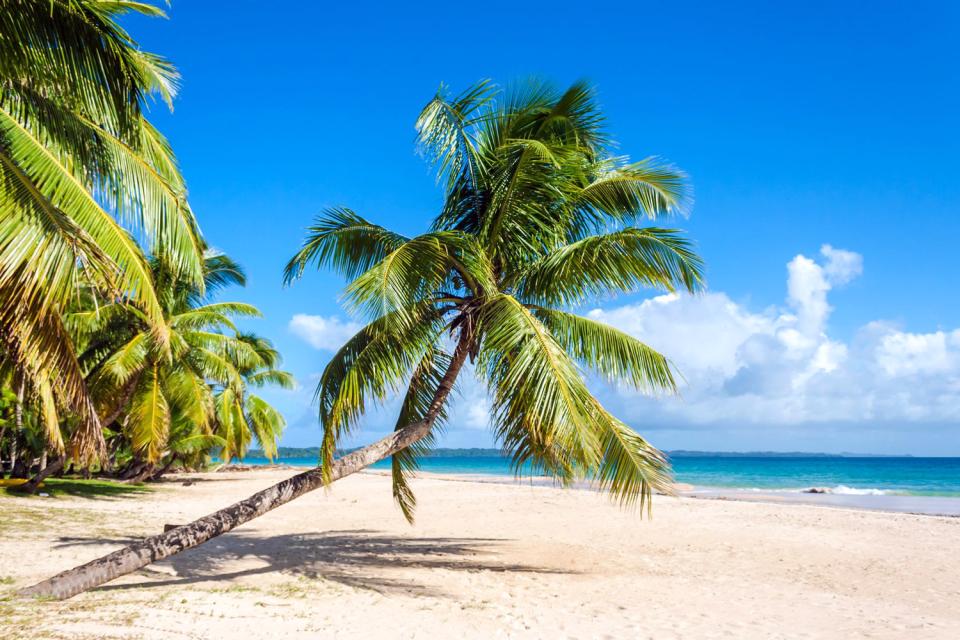It is in the southern hemisphere of the earth, towards the East, that we direct our eyes to locate Madagascar on the world map. The country is easily distinguished by its unique morphology resembling the shape of a left foot. Bordered by the Mozambique Channel to the West, near the African continent, and by the Indian Ocean to the East, alongside the Vanilla Islands, the Big Island appears as a real rare pearl on the line of the Tropic of Capricorn. A destination that arouses curiosity, and above all, the adventurous soul.
Nature and discovery destination par excellence
Madagascar is a richly blessed land. Privileged by nature lovers, this destination is a veritable sanctuary of biodiversity. It is, as one would say, the Eden of Africa or even the jewel of the Indian Ocean.
For the record, Madagascar was part of the large continent called Gondwana about 165 million years ago. When the country broke away from its cradle to form an island in its own right, species that exist nowhere else developed there. Currently, the Big Island includes 5% of animal and plant species living in the world, and a large part of them are endemic to the country.
In terms of fauna, Madagascar is best known through its lemurs. It is the only place in the world where you can meet these atypical mammals in their natural habitat. For the time being, 102 species and subspecies have been identified. Their genus varies according to region and geographical conditions. In addition to lemurs, the Big Island is endowed with a large number of reptiles and birds, most of which are also endemic. In short, the fauna of Madagascar is 80% endemic, which makes the country a real treasure island.
The rate of endemism in plants is not far from this percentage since 70% of the identified species only exist on the Big Island. Among the emblematic plants of Madagascar is the Ravinala which is nicknamed "the traveler's tree".
Landscapes that invite a total change of scenery
The image of the destination Madagascar is often represented by the landscape of the Alley of Baobabs. This emblematic and exceptional panorama is located in the west of the island, in the Menabe region. The Alley of the Baobabs is one of the most essential tourist places in Madagascar. Inherited from the dense tropical forests that dominated the island before, this site sports a red dirt path bordered by pillars of giant baobab trees whose height rises up to 30 meters. Visitors come here mainly at the end of the afternoon to admire the spectacle of the sunset. At this moment, the Alley of the Baobabs is invaded by a pure enchantment of colors which creates in itself all kinds of emotions and sensations. It is the same effect caused by the window of Isalo at dusk, another painting that we never get tired of.
Continuing in this axis of the South-West, we discover the big city of Toliara and its fabulous beaches like Mangily Ifaty, Tsifota or Itampolo. On the opposite side, to the southeast, is the Libanona beach (in Fort-Dauphin) which is a real piece of paradise. Traveling along the eastern coast, you enter a verdant landscape that fully invites you to adventure. The east coast is full of nature reserves, the most extraordinary of which are the parks of Masoala and Maroantsetra.
In the North of Madagascar, exoticism is totally at the rendezvous. This land of irresistible charm takes us to meet the turquoise waters of the Big Island with the beaches of Nosy-Be and Diego Suarez. There are also wonderful ecotourism sites such as the Tsingy of Ankarana or the Marojejy National Park, which is recognized as one of the most beautiful nature reserves in Madagascar.
Unparalleled cultural diversity
The Big Island has many cultural facets. It borrows both certain African traditions from the Bantu culture, and others inherited from its great Austronesian ancestors (immigrants from Malaysia and Indonesia). Historians also trace the existence of a very old population group called Vazimba who would constitute the very first inhabitants of Madagascar.
These diverse origins explain the immense and beautiful cultural diversity of the country. The inhabitants of Madagascar are distinguished not only by their traditions, but also differ by their physical features, their languages and their ways of life.
Today, with nearly 28 million inhabitants, the Big Island still shines with its thousand and one habits and customs. This great wealth is favored by the existence of various ethnic groups which make the cultural identity of the country even more exceptional.
Whatever your travel dreams, be sure to find an adventure to your liking when you come to Madagascar. Count on our team to perfect your stay and make it an unforgettable memory.

